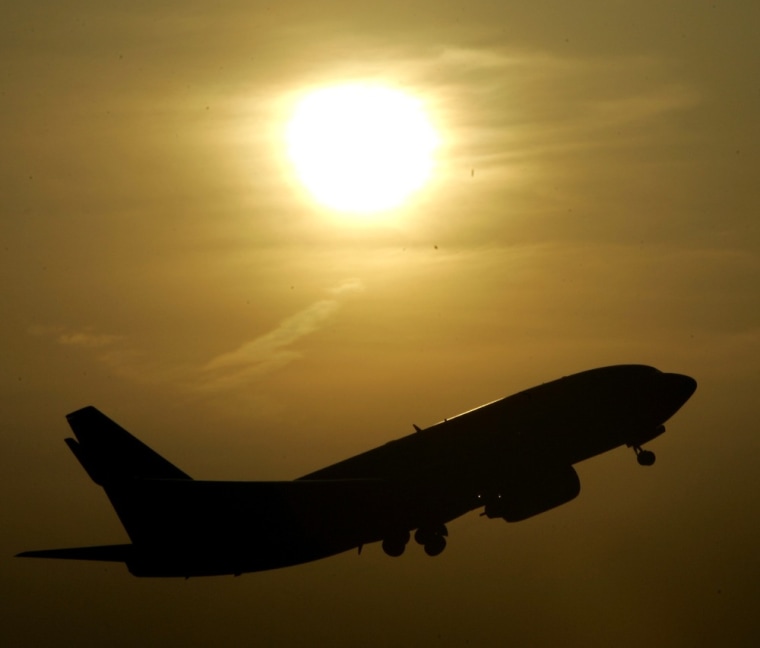What makes an airport scary?
For some, it’s those full-body scanners and long lines at security checkpoints. Others dread a flight cancellation that leaves them stranded and trying to get some shut-eye on an airport floor.
For its Scariest U.S. Airports list, travel website Airfarewatchdog.com defined scary as an airport where landings and take-offs may be quite tricky.
John Wayne Airport, in Santa Ana, Calif., made the list because “due to strict noise reduction requirements, pilots must ascend at full throttle and then abruptly cut back their engines.” Chicago’s Midway International Airport was added because it has runways that are “close to 2,000 feet shorter than the ones at new airports.” And Colorado’s Telluride Regional Airport, which Airfarewatchdog notes is higher than any other commercial airport in North America, is considered scary because pilots are not allowed to make touch-and-go landings, and so “only have one shot to land on the runway, which dips in the middle.”
The other “scary airports” on this list include:
- Aspen/Pitkin County Airport, Aspen, Colo.
- Sitka Rocky Gutierrez Airport, Sitka, Alaska
- Yeager Airport, Charleston, W.Va.
- San Diego International Airport, San Diego, Calif.
- LaGuardia Airport, New York, N.Y.
- Catalina Airport, Avalon, Calif.
Reagan National Airport in Washington, D.C. was added to the list because it is between overlapping no-fly zones that offer pilots a narrow path to steer clear of CIA headquarters, the Pentagon and the White House.
“If you stray too far to the left of the Potomac, you'll risk a significant fine and potential violation,” said Kent Wien, a pilot who writes the Cockpit Chronicle feature for Gadling.com. “Too far to the right and you can't successfully negotiate the last turn before the runway.”
It all does sound a bit scary. But should passengers with tickets into or out of any of these airports be very concerned?
"Lists like this seem to make me want to throw my coffee cup at the computer screen," said Patrick Smith an airline pilot and author who blogs at AskThePilot.com. "They give people an idea that there really are unsafe or dangerous airports. But if any of these airports was really unsafe," Smith said, "no airline would go anywhere near it."
Smith said New York’s LaGuardia Airport is an example of an older airport with shorter runways and a “spaghetti snarl of runways and taxiways.” But he said “certain airports from a pilot’s perspective are just more challenging than others.”
And Smith said some of those challenging features can offer rewards for passengers. “Coming from Boston to LaGuardia Airport, you sometimes come right down the Hudson River and get a gorgeous view of Manhattan. There’s nothing harrowing about it,” he said.
"These places aren't really 'scary,'" said Wien, "They just offer pilots an opportunity to do something slightly out of the ordinary."
Even Airfarewatchdog founder George Hobica admits that the airports on the “Scariest U.S. Airports” list may not really be so scary. “Let's face it; flying is the safest way to travel other than on your own two feet. So some might prefer to call these airports ‘thrilling’ rather than scary.”
Find more by Harriet Baskas on StuckatTheAirport.com and follow her on Twitter.
More stories you might like:
